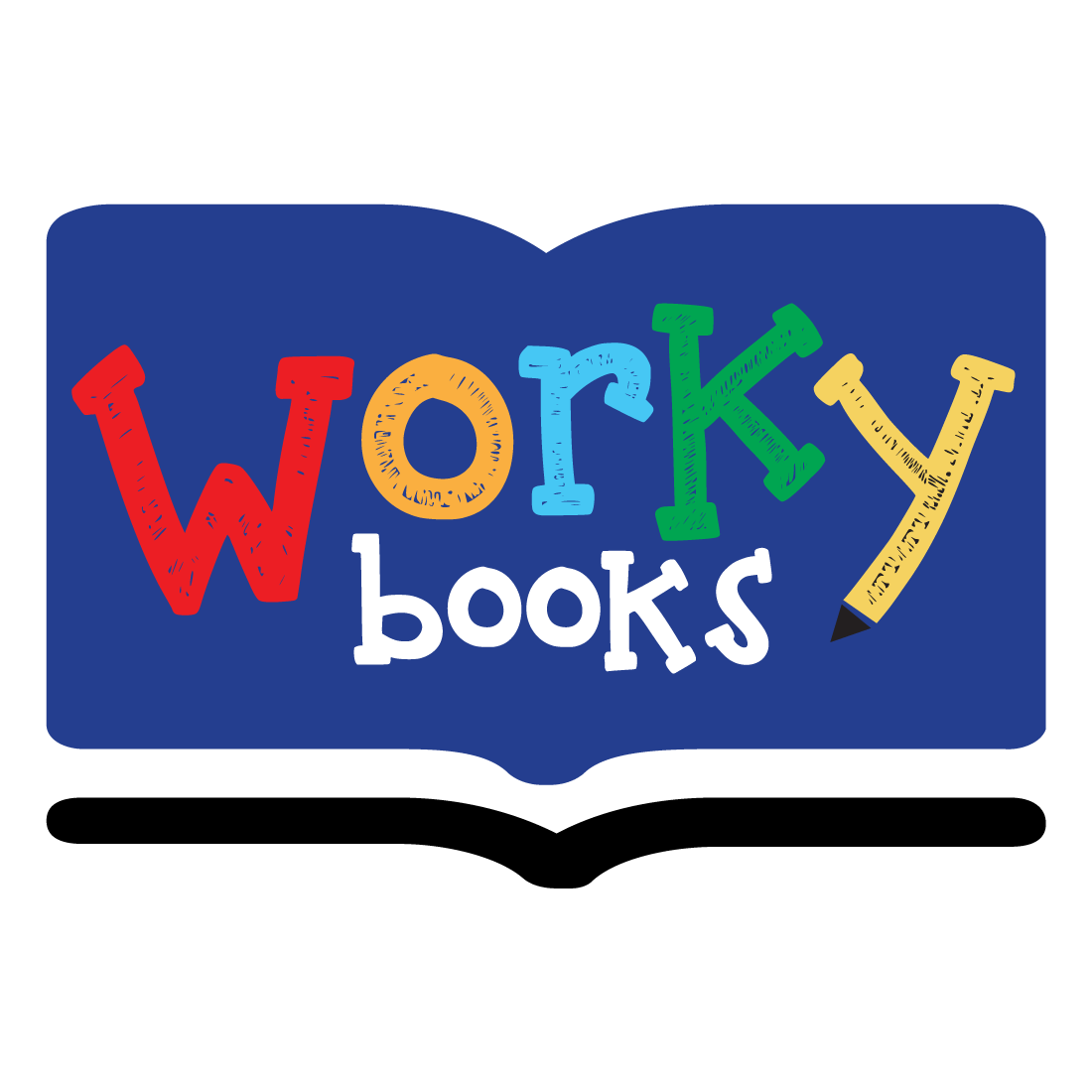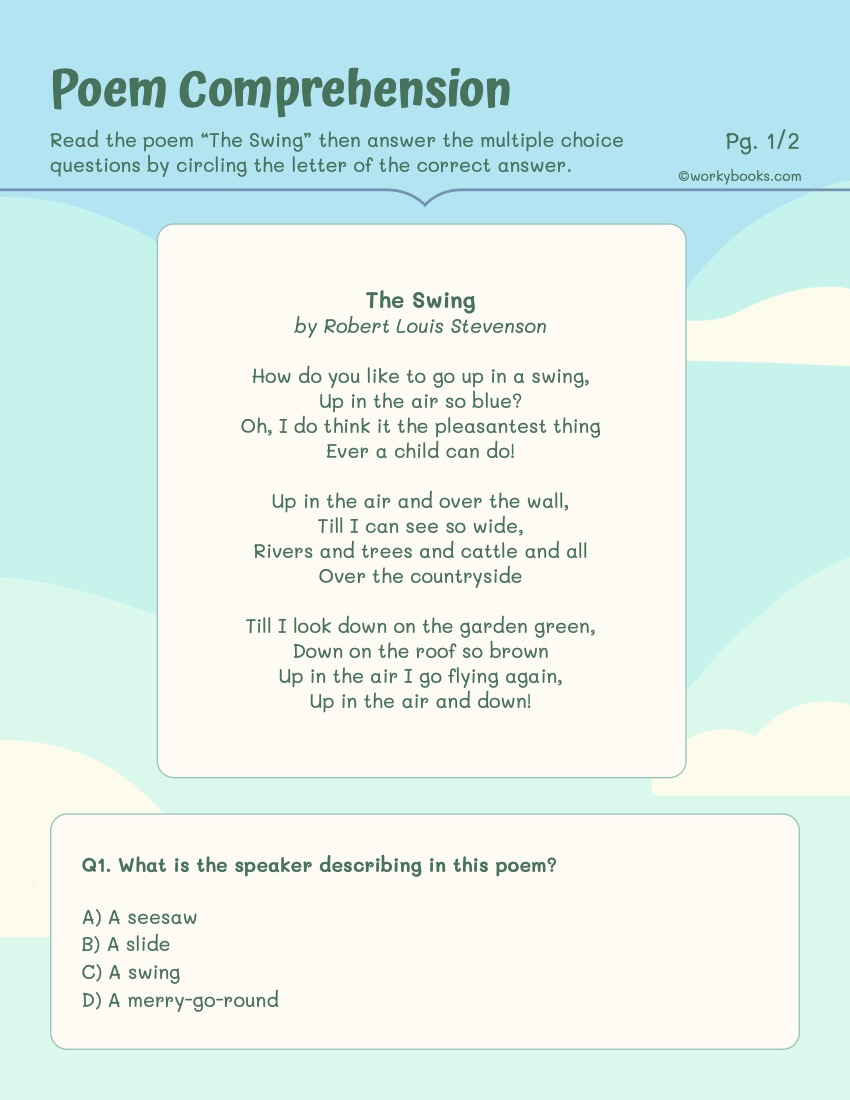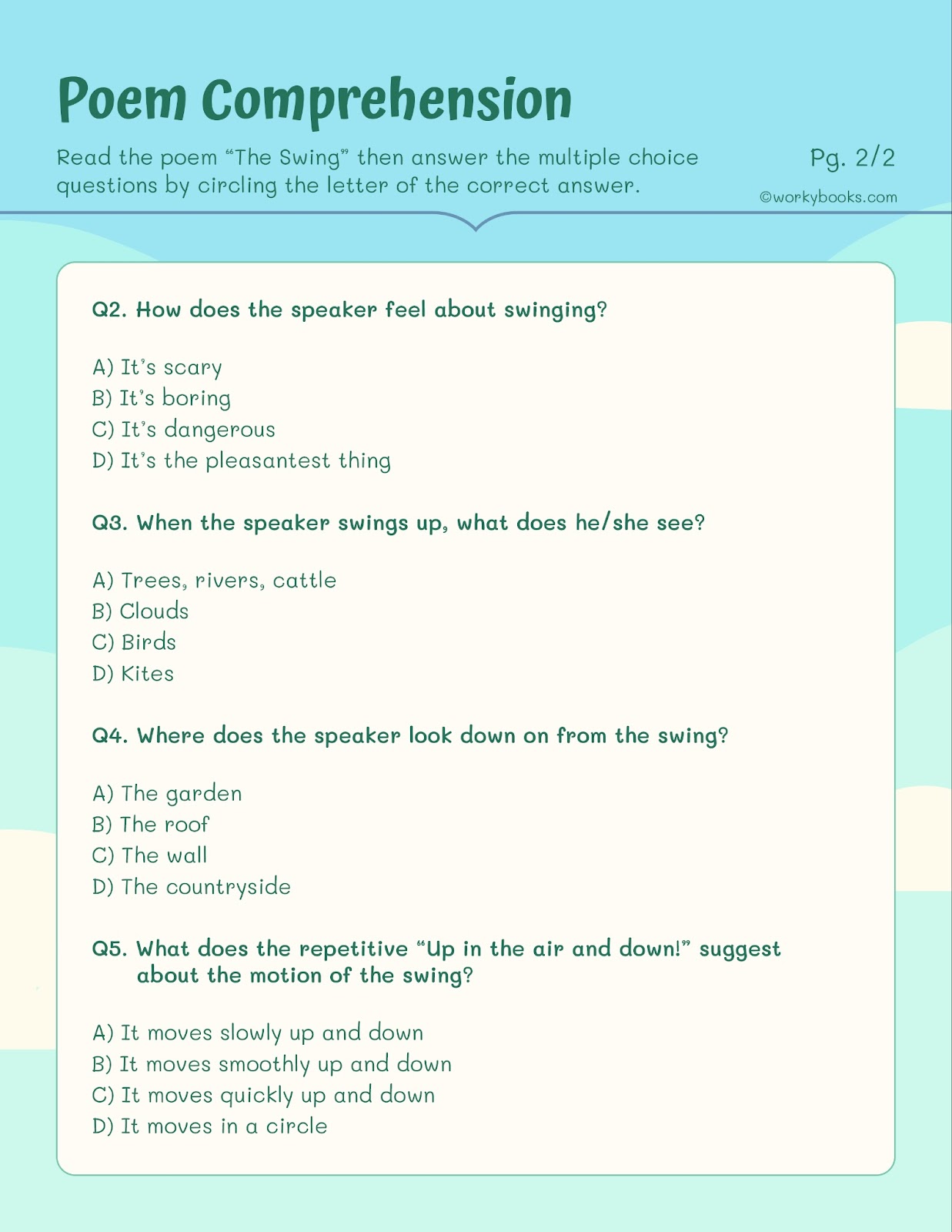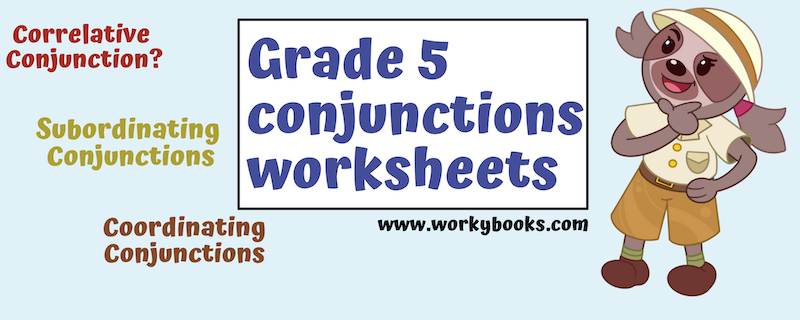The Inspiring Poetry of Robert Louis Stevenson

Robert Louis Stevenson (1850-1894) was a Scottish novelist, poet, essayist, and travel writer. He is best known for his novels, such as “Treasure Island,” “Kidnapped,” and “The Strange Case of Dr. Jekyll and Mr. Hyde.” However, he was also a prolific poet who wrote in various styles and forms throughout his career.
As a poet, Stevenson is known for his versatility and his ability to write in both traditional and innovative forms. Some of the poetic styles and themes he explored include:
1. Lyric poetry: Many of Stevenson’s poems, such as “The Swing” and “At the Sea Side,” are lyric poems that express personal emotions and experiences.
2. Children’s poetry: Stevenson wrote numerous poems for children, often capturing the joys, fears, and fantasies of childhood. His collection “A Child’s Garden of Verses” is a well-known example of his work in this genre.
3. Ballads: Stevenson wrote several ballads, which are narrative poems that often tell a story in a musical or song-like manner. “The Ballad of Ticonderoga” is one example of his work in this form.
4. Occasional poetry: Stevenson also wrote poems for specific occasions or events, such as “Requiem,” which he wrote for his own epitaph.
5. Experimentation with form: Stevenson sometimes experimented with poetic form and structure, such as in his poem “The Lamplighter,” which uses a unique stanza form and rhyme scheme.
Throughout his poetry, Stevenson often explored themes of adventure, imagination, nature, and the human experience. His work is characterized by its musical qualities, vivid imagery, and ability to capture the essence of a moment or emotion.
Nationality:
Robert Louis Stevenson was Scottish. Scotland is a country that is part of the United Kingdom, along with England, Wales, and Northern Ireland.
Birth and early life:
Stevenson was born into a family of engineers. His grandfather, Robert Stevenson, and his father, Thomas Stevenson, were both successful lighthouse engineers. Despite his family’s profession, Stevenson showed an inclination towards literature from an early age.
As a child, Stevenson suffered from poor health, often being confined to bed. This led him to spend much of his time reading and writing. He was educated by private tutors and attended the University of Edinburgh, where he studied engineering, following in his family’s footsteps. However, he eventually told his father that he wanted to pursue a career in literature, which caused some tension in the family.
Stevenson’s early works, such as “The Pentland Rising” and “An Inland Voyage,” were published in the 1870s. He gained widespread recognition with the publication of “Treasure Island” in 1883, which was followed by other famous works like “Strange Case of Dr Jekyll and Mr Hyde” (1886) and “Kidnapped” (1886).
Despite his literary success, Stevenson continued to struggle with health issues throughout his life. He travelled extensively, seeking a climate that would suit his health, and eventually settled in Samoa, where he died on December 3, 1894, at the age of 44.
Here are 2 lyric poem worksheets for elementary students with comprehension questions.
Poem 1 – At the Sea Side
This is a lyric poem. Lyric poetry expresses personal emotions, feelings, or thoughts, often in a musical or song-like manner. These poems are typically short and focus on a single theme or emotion.
In this poem, Stevenson captures the joy and wonder of a child playing at the beach. The poem is written from the perspective of the child, expressing their delight in the simple pleasures of building sandcastles, digging holes, and watching the waves.
The poem has a regular rhyme scheme (ABCB) and a consistent meter, which gives it a musical quality when read aloud. This musicality is characteristic of lyric poetry and helps to convey the light-hearted, playful tone of the poem.
Throughout the poem, Stevenson uses vivid imagery to describe the child’s activities and the seaside environment, such as the “sandy hole,” “deep blue sky,” and “shining sea.” This imagery helps to create a strong sense of place and evokes the feelings of happiness and contentment that the child experiences.
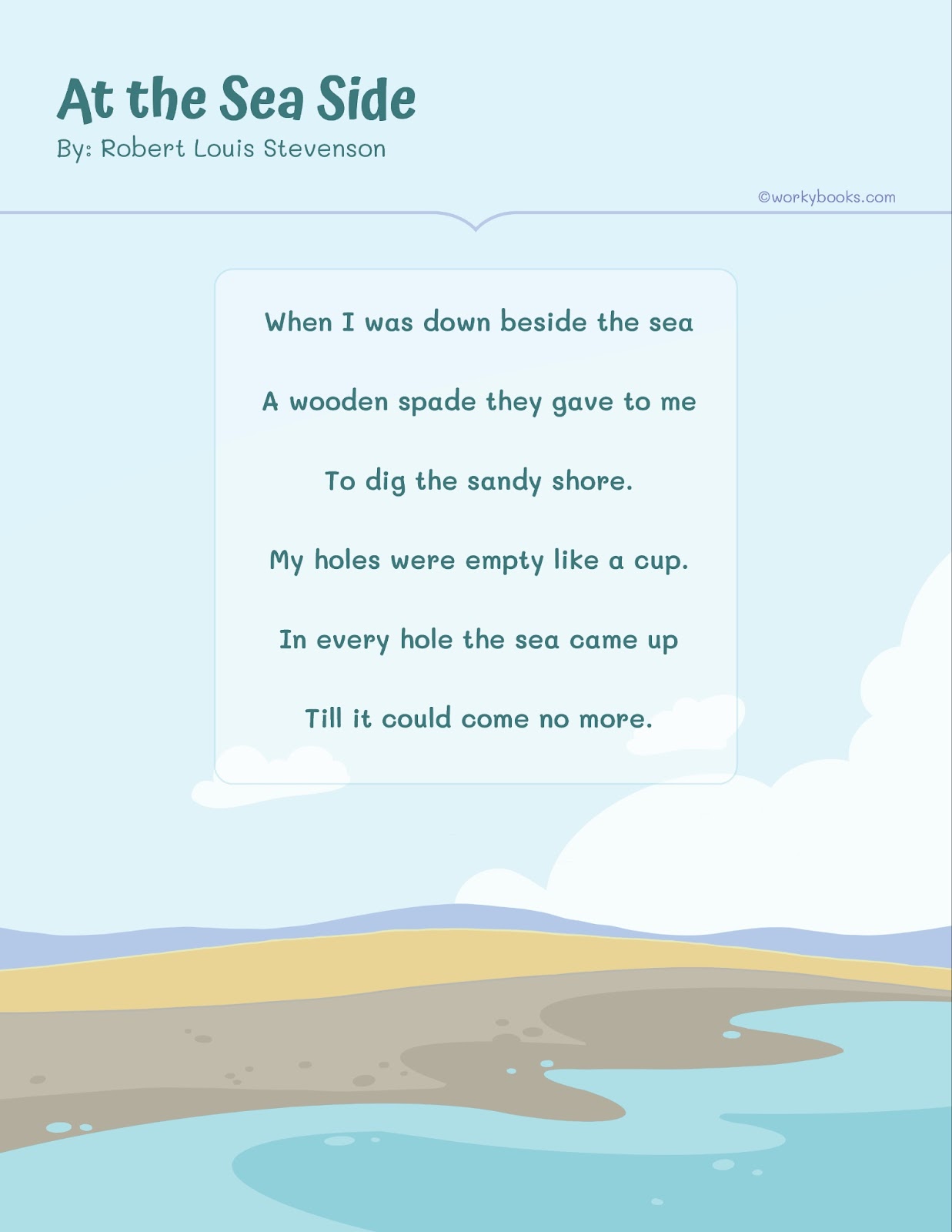
The poem’s focus on the individual’s emotions and its musical qualities make it a clear example of lyric poetry. It showcases Stevenson’s ability to capture the essence of childhood experiences and emotions in a concise, evocative manner.
Poem 2 – The Swing
This poem by by Robert Louis Stevenson is also a lyric poem. Like “At the Sea Side,” this poem expresses the personal emotions and experiences of the speaker, in this case, a child enjoying the simple pleasure of swinging.
The poem is written from the first-person perspective, allowing the reader to connect directly with the child’s feelings of joy and exhilaration while swinging. Stevenson captures the sense of freedom and imagination that the child experiences, as they swing higher and higher, feeling like they can touch the sky and the birds.
The poem has a consistent rhyme scheme (ABAB) and a regular meter, creating a musical and playful tone that matches the child’s delight. The repetition of the phrase “up in the air” emphasizes the child’s excitement and the feeling of soaring higher with each swing.
Stevenson employs vivid imagery to describe the child’s surroundings, such as the “rivers and trees” and the “cattle and sheep,” which the child imagines seeing from their elevated perspective on the swing. This imagery adds to the sense of adventure and wonder that the child experiences.
The poem’s focus on individual emotions, its musical qualities, and its celebration of a simple childhood pleasure make it a prime example of a lyric poem. It demonstrates Stevenson’s skill in capturing the essence of a moment and conveying the pure joy of a child’s imagination and play.
In terms of comprehension, “The Swing” invites readers to connect with their own childhood experiences and emotions, while also appreciating the power of imagination and the simple joys in life.
You can download free worksheets from Workybooks library here!
Importance of Reading Robert Louis Stevenson’s Poems
It can be highly beneficial for elementary students, as his work offers several valuable learning opportunities:
- Developing a love for poetry: Stevenson’s poems, especially those written for children, are engaging, imaginative, and easy to understand. They can help foster a love for poetry and encourage children to explore other poetic works.
- Enhancing language skills: Stevenson’s poems often use simple, yet expressive language, which can help students expand their vocabulary and improve their understanding of figurative language, such as metaphors and similes.
- Improving reading fluency: The rhyme schemes and regular meter in many of Stevenson’s poems make them ideal for reading aloud. This can help students develop their reading fluency, pronunciation, and intonation.
- Encouraging imagination and creativity: Stevenson’s poems often celebrate the power of imagination and creativity. By reading his work, students can be inspired to explore their own creativity and imaginative thinking.
- Relating to emotions and experiences: Many of Stevenson’s poems capture the joys, fears, and experiences of childhood. By reading these poems, students can learn to identify and express their own emotions, as well as develop empathy for others.
- Introducing poetic techniques: Stevenson’s poems can serve as a gentle introduction to various poetic techniques, such as rhyme, meter, and imagery. Understanding these techniques can help students appreciate and analyze poetry more effectively.
- Promoting a love for nature: Some of Stevenson’s poems, like “At the Sea Side,” celebrate the beauty and wonder of nature. Reading these poems can encourage students to appreciate and observe the natural world around them.
- Encouraging memorization and recitation: The simple language, rhyme schemes, and brevity of many of Stevenson’s poems make them easy for children to memorize and recite. This can help improve memory skills and build confidence in public speaking.
In summary, reading Robert Louis Stevenson’s poems can help elementary students develop a love for poetry, enhance their language and reading skills, encourage imagination and creativity, and promote emotional intelligence and an appreciation for nature. These learning experiences can have a lasting impact on their personal and academic growth.
Click here for 10 quotes by Robert Louis Stevenson.
